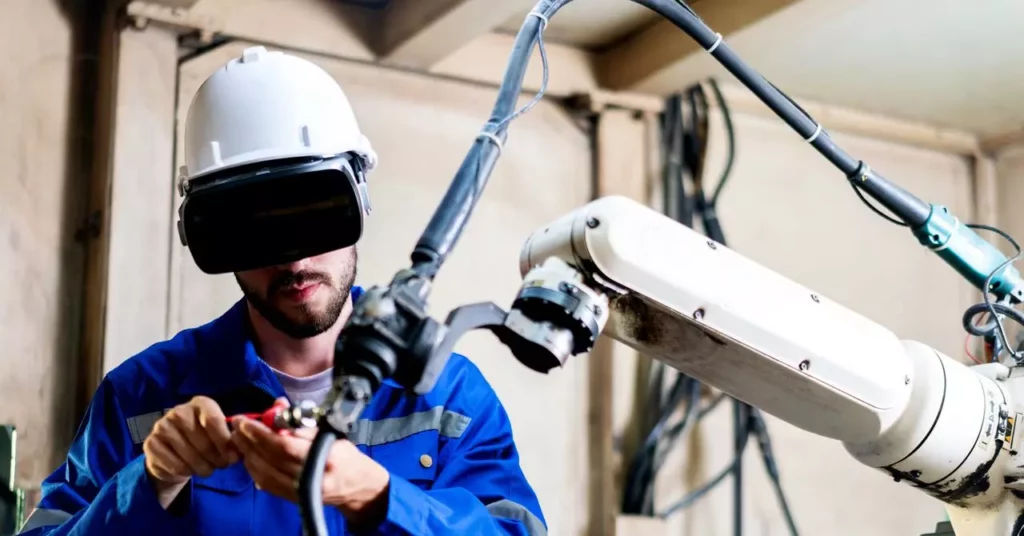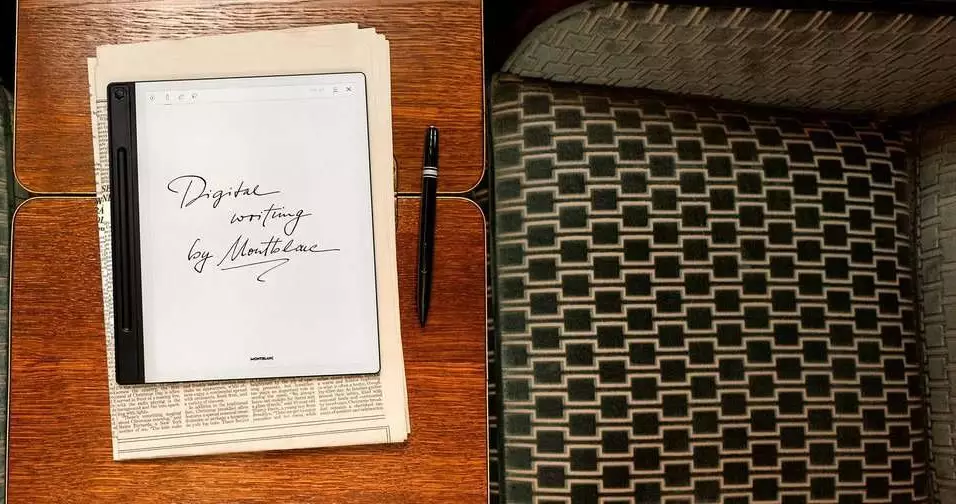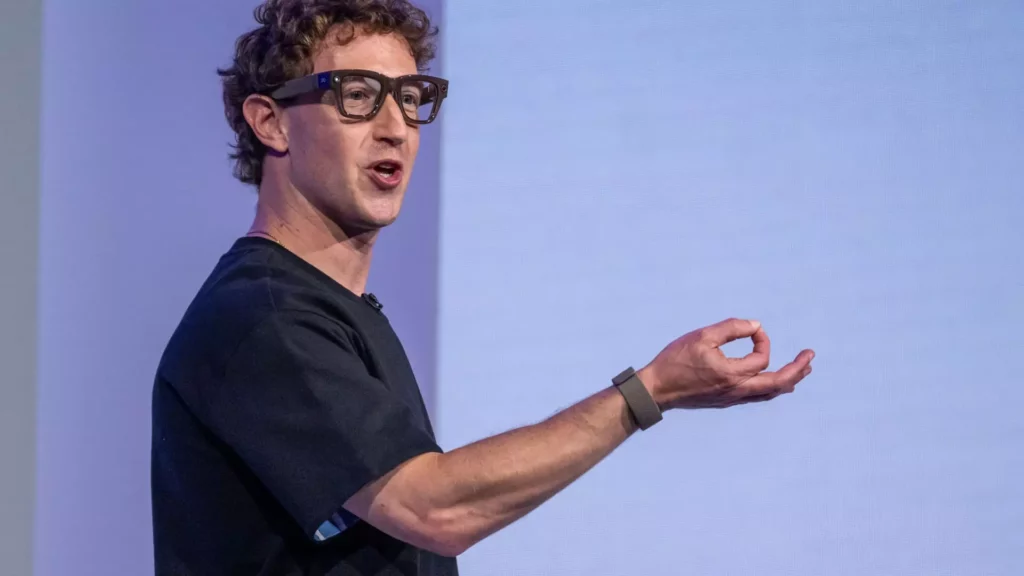The landscape of manufacturing has reached a pivotal juncture, transitioning from traditional practices that were not only tedious but also prone to inefficiencies and errors. In the past, companies depended heavily on manual processes for assessing production feasibility, often requiring extensive trial runs with physical prototypes. This outdated approach consumed valuable time and resources, leading to costly mistakes and—more importantly—significant financial risks. Enter the industrial metaverse, a digital revolution poised to redefine manufacturing paradigms by offering manufacturers more nuanced and efficient simulation options.
Gone are the simple days of rolling out vehicle prototypes down assembly lines fraught with bottlenecks and obstacles. Instead, manufacturers can now leverage virtual environment tools that allow them to visualize and refine processes ahead of actual production. The implications of this technological renaissance extend far beyond cost savings; they represent a monumental leap in manufacturing as a whole, fostering innovation, collaboration, and smart resource management.
Unmasking the Metaverse’s Potential
Despite the somewhat sluggish public perception of the metaverse—often clouded by its applications in virtual concerts and social interaction—the real game changer lies in its industrial applications. This is where the potential for revolution becomes palpable. Recent industry forecasts suggest that the industrial metaverse could escalate in value to an astonishing $100 billion by 2030, spotlighting its importance in manufacturing and testing environments. As industry experts like Varvn Aryacetas from Deloitte indicate, the fusion of digital and physical realms opens up unprecedented avenues for innovation through spatial computing technologies.
This transformation is further exemplified by leading firms like Nvidia ushering in a new wave of simulation technologies with platforms like Omniverse. This tool enables the creation of digital twins—virtual replicas of physical systems—that provide an immediate avenue for manufacturers to experiment, adapt, and iterate without the costs associated with physical prototyping. The implications of this technology cannot be overstated; as Rev Lebaredian from Nvidia succinctly notes, employing simulations to represent real-world structures is not just beneficial but imperative for the evolution of autonomous systems.
Success Stories in the Adoption of Technology
Prominent firms have already begun to capitalize on these advanced tools, showing the effectiveness of integrating simulation technologies into their workflows. For instance, Lowe’s employs Omniverse to assess new store designs before laying a single brick, optimizing layouts for improved customer engagement and operational efficiency. Amazon, too, has employed simulators to train its robotic fleets, which are essential in adapting to dynamic environments.
Taking the initiative a step further, BMW has emerged as a beacon in the automotive sector, using simulation technologies to set the standard for the future of manufacturing. By developing intricate virtual factories that simulate every detail—from assembly lines to vehicle design—they are not only meeting production goals but creating an atmosphere conducive to innovation and creative problem-solving. The complexities of such virtual models highlight the sophistication of modern manufacturing, showing that these advancements go beyond the superficial integration of technology into existing frameworks.
Navigating the Future of Manufacturing
The journey to refine virtual factory navigation is indicative of a changing focus within tech industries. While earlier iterations relied on classic gaming controls, the emphasis has shifted toward more accessible interfaces designed for inclusive user experiences. The development of intuitive navigation tools that mirror familiar platforms—such as Google Street View—allows a broader range of users to engage with these digital spaces, crucial for collective user involvement and collaboration.
Moreover, the industrial metaverse harbors the potential for enhanced cooperativeness across global borders. Firms like Zaha Hadid Architects are already leveraging real-time collaborations through virtual models, marking a shift in project management and interdisciplinary partnerships that defy geographical constraints. This aspect of the metaverse embodies more than technological advancement; it represents a collaborative ethos that encourages idea-sharing and collective creativity, thereby serving as a catalyst for broader industry improvement.
The Intersection of Creativity and Technology
As society embraces this digital revolution, it becomes increasingly essential to acknowledge the synergy between creativity and technology that the industrial metaverse facilitates. The merging of augmented realities, simulation capabilities, and spatial computing is not just transforming how manufacturers operate; it is paving the way for new standards that prioritize efficiency, innovation, and collaboration.
While the conversation around the metaverse often revolves around consumer entertainment and socialization, its implications for industries like manufacturing are genuinely transformative. As we increasingly integrate virtual technologies into our industrial practices, we are laying the groundwork for a future that promises unprecedented possibilities, heralded by the spirit of collective ingenuity and technical evolution. The industrial metaverse is not just a trend; it is a revolution that challenges the status quo, redefining how we envision and implement manufacturing standards for decades to come.









Leave a Reply